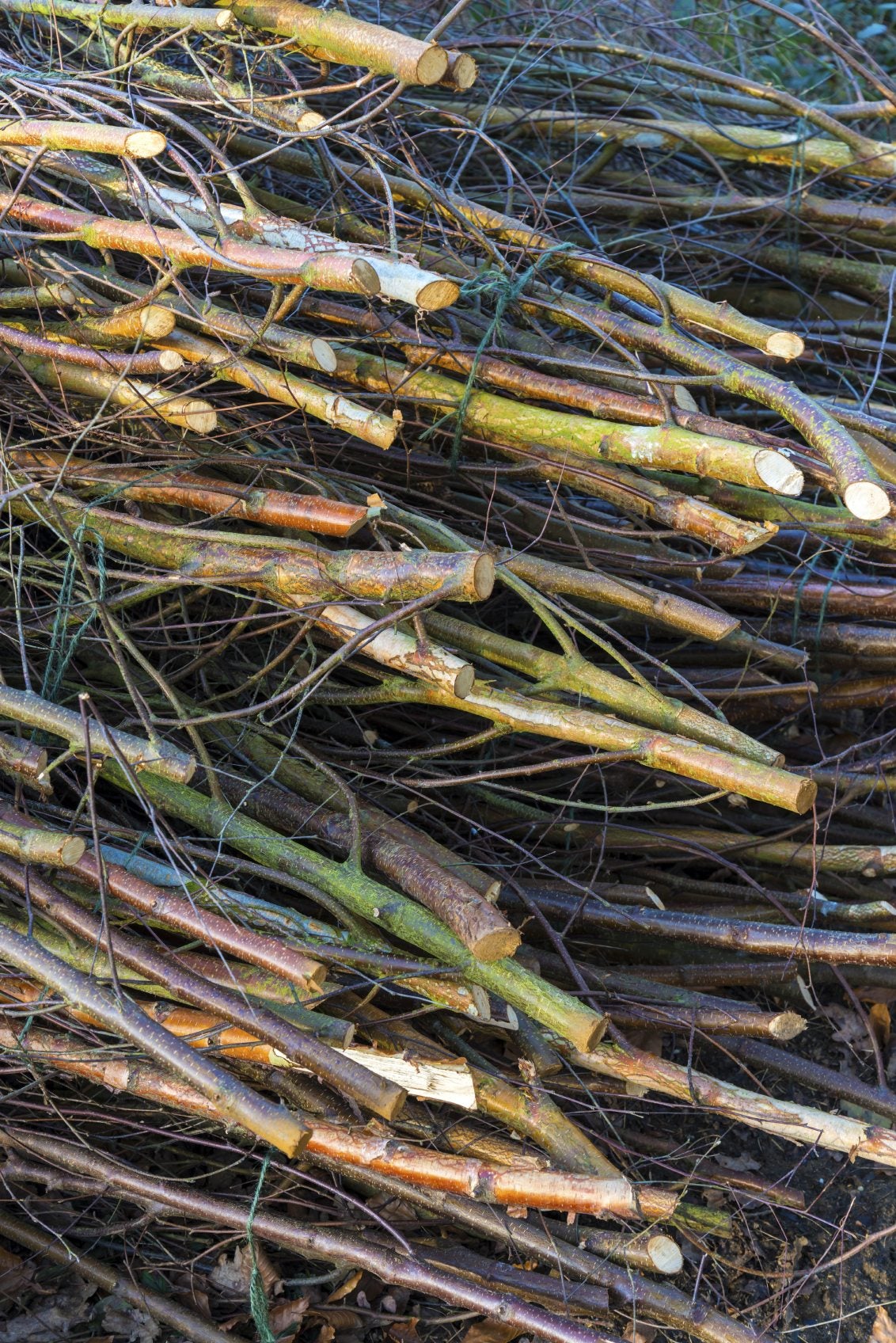What Is Coppicing: Tips On Coppicing Trees


The word 'coppice' comes from the French word 'couper' which means 'to cut.' What is coppicing? Coppicing pruning is trimming trees or shrubs in a way that encourages them to sprout back from the roots, suckers, or stumps. It is often done to create renewable wood harvests. The tree is cut and shoots grow. The shoots are left to grow for a certain number of years and then are cut, starting the entire cycle again. Read on for more information about coppicing trees and coppicing techniques.
What is Coppicing?
Coppicing pruning has been around since Neolithic times, according to archaeologists. The practice of coppicing pruning was particularly important before humans had machinery for cutting and transporting large trees. Coppicing trees provided a constant supply of logs of a size that could be easily handled. Essentially, coppicing is a way of providing a sustainable harvest of tree shoots. First, a tree is felled. Sprouts grow from dormant buds on the cut stump, known as a stool. The sprouts that arise are allowed to grow until they are of the correct size, and then are harvested and the stools allowed to grow again. This can be carried out over and over again for several hundred years.
Plants Suitable for Coppicing
Not all trees are plants suitable for coppicing. Generally, broadleaf trees coppice well but most conifers do not. The strongest broad leaves to coppice are:
The weakest are beech, wild cherry, and poplar. Oak and lime grow sprouts that reach 3 feet (1 m.) in their first year, while the best coppicing trees – ash and willow – grow much more. Usually, the coppiced trees grow more in their second year, then growth slows dramatically in their third. Coppice products used to include ship planking. The smaller wood pieces were also used for firewood, charcoal, furniture, fencing, tool handles, and brooms.
Coppicing Techniques
The procedure for coppicing first requires you to clear out foliage around the base of the stool. The next step in coppicing techniques is to prune away dead or damaged shoots. Then, you work from one side of the stool to the center, cutting the most accessible poles. Make one cut about 2 inches (5 cm.) above the point the branch grows out of the stool. Angle the cut 15 to 20 degrees from the horizontal, with the low point facing out from the stool center. Sometimes you may find it necessary to cut higher first, then trim back.
Sign up for the Gardening Know How newsletter today and receive a free copy of our e-book "How to Grow Delicious Tomatoes".

Teo Spengler is a master gardener and a docent at the San Francisco Botanical Garden, where she hosts public tours. She has studied horticulture and written about nature, trees, plants, and gardening for more than two decades, following a career as an attorney and legal writer. Her extended family includes some 30 houseplants and hundreds of outdoor plants, including 250 trees, which are her main passion. Spengler currently splits her life between San Francisco and the French Basque Country, though she was raised in Alaska, giving her experience of gardening in a range of climates.